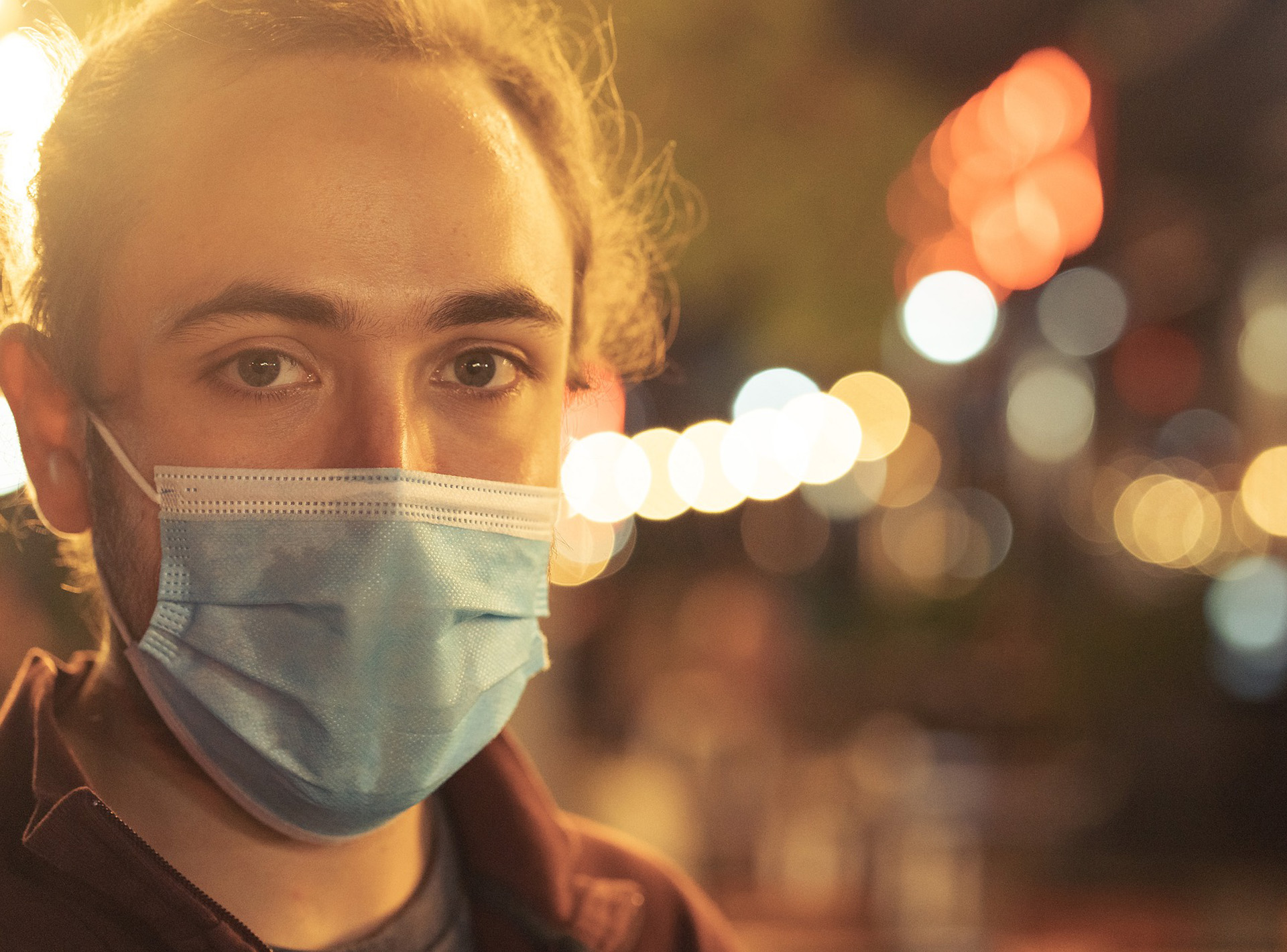 After about 120 days, spermatozoa infected by the SARS-CoV-2 is able to recover most of its basic properties, like motility and DNA integrity, a new study found.
After about 120 days, spermatozoa infected by the SARS-CoV-2 is able to recover most of its basic properties, like motility and DNA integrity, a new study found.
About 120 days after infection, some of the key parameters of semen function improve significantly, a new study found.
Previous studies have suggested detrimental effects of COVID-19 infection on semen properties, however, the long-term effect of COVID-19 on male fertility remains poorly understood.
The new findings suggest that the detrimental effects of COVID-19 on sperm function (and in male fertility) may only be temporal.
The new study was led by Dr Hossein Hosseinirad, from the Shahid Beheshti University of Medical Sciences, in Tehran, Iran. The study examined several parameters related to function and oxidative stress in the seminal fluid of 20 men, 14 and 120 days after a diagnosis of COVID-19. All participants were hospitalised due to a moderate infection of COVID-19.
“Semen parameters (sperm concentration, motility, morphology, and viability) were evaluated, as were levels of seminal reactive oxygen species (ROS), malondialdehyde (MDA), total antioxidant capacity (TAC) and sperm DNA fragmentation,” the authors wrote on their report.
Key Findings
Within each patient, the study found no differences in semen volume, pH, sperm concentration and viability between the two time points studied. All these parameters were found within normal range. However, sperm progressive motility and total motility were below the optimal range 14 days after COVID-19 diagnosis. After 120 days, these two parameters improved significantly, both reaching normal levels. Another key parameter, morphology, also improved, but with some limitations.
“In addition, sperm morphology improved significantly at 120 days, but the percentage of spermatozoa with normal morphology was still below the normal value according to the WHO criteria,” the authors wrote.
The study also evaluated levels of seminal reactive oxygen species (ROS), malondialdehyde (MDA), total antioxidant capacity (TAC) and sperm DNA fragmentation. These parameters have been previously linked to male fertility.
After 14 days, researchers found that levels of ROS and MDA were significantly higher than the normal range. But, after 120 days, levels of these two markers of oxidative stress were significantly reduced. In contrast, levels of TAC improved at 120 days, compared to the first time point, at 14 days.
Taken together, the results of this study suggest that the negative effects of COVID-19 on sperm may only be temporal. No comparable news, however, has been made on the long-term effect of COVID-19 on erectile dysfunction, which we reported earlier this year.

